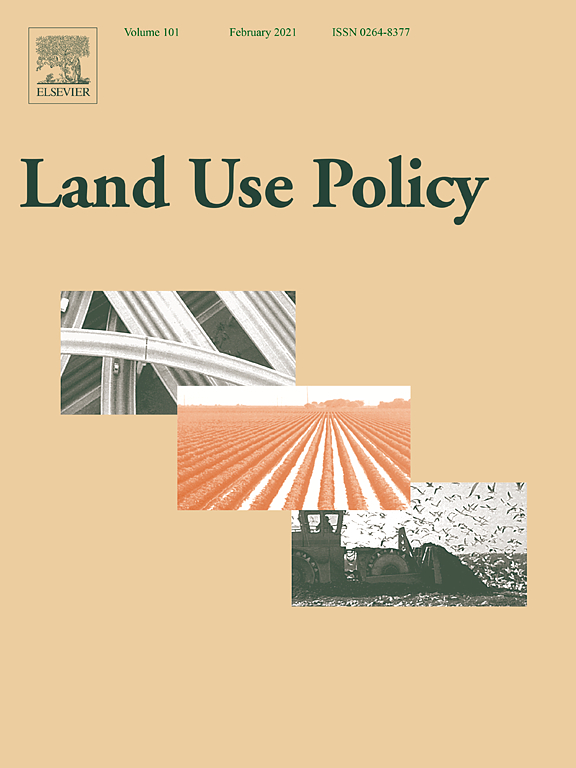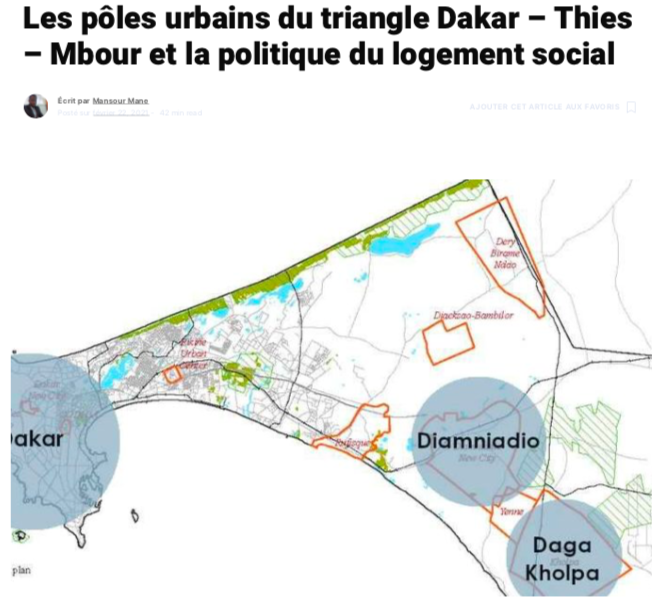The Integration of New-Type Urbanization and Rural Revitalization Strategies in China: Origin, Reality and Future Trends
New-type urbanization and rural revitalization have gradually become national strategies, and are an objective requirement for China to be able to enter into a new era of socialism with Chinese characteristics and also an inevitable result of the integration of new-type urbanization and rural development in the new stage. This paper reviews the classic theories and cognition of the research on urban–rural relations at home and abroad, and outlines the stage evolution characteristics of urban–rural relations in China.



